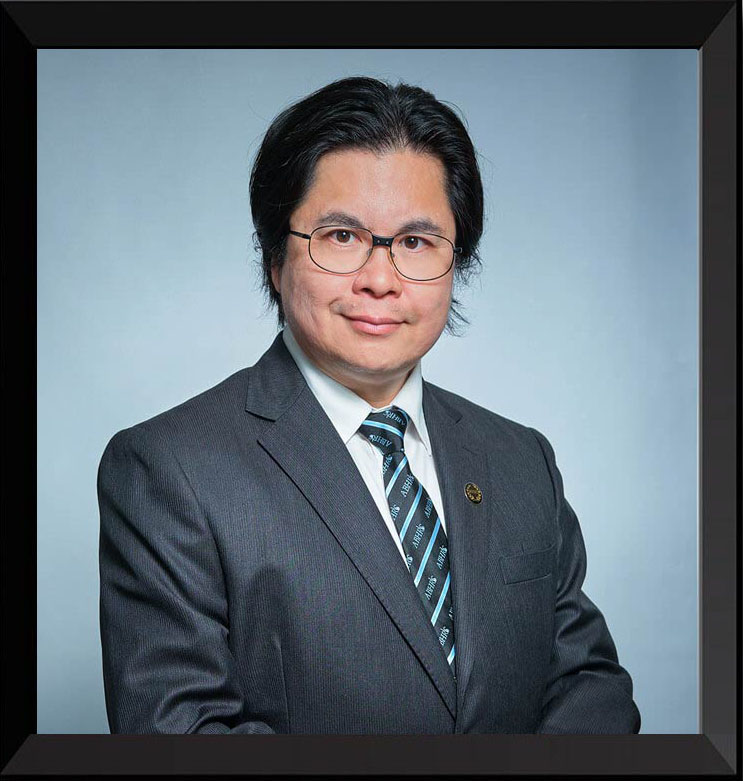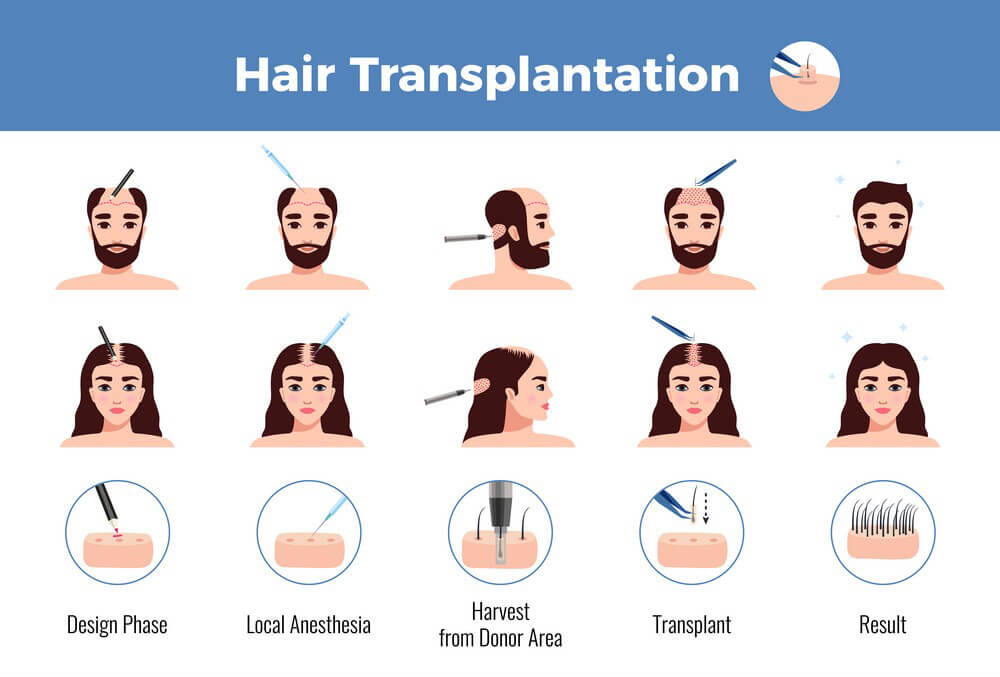
Hair transplant is performed as an out patient office procedure under twilight local anesthetic. Procedure usually last 6-8 hours depend on the amount of grafts being transplanted. Modern techniques of hair transplant can restore lost hair and replace or re-shape your hairline with your own natural, growing hair, which need no more care than the ordinary washing, styling, and trimming you have always done. Transplant can be done today so well that often you barber cannot even tell that grafts have been placed.
Scientific Principles of Hair Transplant
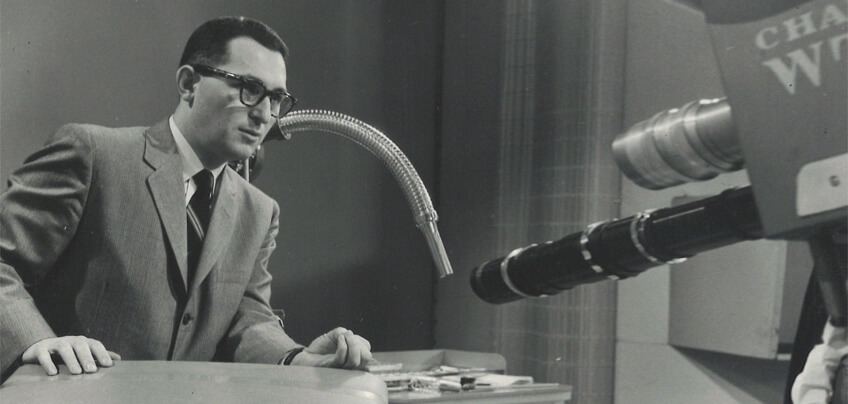
Dr Norman Orentreich (USA) was the first American physician to perform hair transplantation for Male pattern Baldness. He suggested a "donor dominance" theory in his 1952 paper, which was later published in 1959. This theoretical foundation made modern hair transplantation possible.
By the 1950s, men had been seeking — and failing to find — a remedy for hair loss since at least 1550 B.C., when doctors in ancient Egypt recommended anointing bald scalps with the fat of a Nubian ibex or a crushed black lizard boiled in oil.Then along came a young dermatologist named Norman Orentreich, who tried an experiment: transplanting hair from the back of the head to the scalp. And lo, the transplanted hair grew. Thanks in part to his discovery, a multibillion-dollar global hair transplant industry now exists to provide long-term relief for receding hairlines. His breakthrough established hair transplant as part of the American culture.
Principle 1: Two Kinds of Scalp Hair
Scientists have all agreed that the human scalp has 2 types of hairs: DHT sensitive and DHT insensitive. The DHT insensitive hair is not affected by the undesired DHT which induces hair miniaturization in Androgenetic Alopecia. They can lasts a lifetime and is labeled "Permanent Hair".
Update!
After years of practice we believe that there are actually 3 kinds of scalp hair. Hair in the front (hairline) has a different reponse to Finasteride when compared to hair at the crown.
Principle 2: Donor Dominance
This theory stated that the transplanted hair keeps the original nature of the donor site (color, curl, texture and growth rate) even after being transplanted. This donor dominance theory became the most fundamental theoretical base of modern hair transplantation. This explains why hair transplant is possible as there is no rejection of transplanted hair as hair are transferred from one part of the scalp (donor site) to another (recipient site) of the same person.
Update!
In the 2000s Dr Tommy Hwang (Korea) discovered that the recipient site can exert certain effects on the transplanted hair. For example scalp hair transplanted to the eyebrow will gradually slow down its growth. He later received the ISHRS Gold Follicle Award for his "Recipient Dominance Theory'
About The Procedure

How is Hair Transplant Performed?
All hair transplant procedures, whether FUT, FUE, or ARTAS, include the following 3 steps. The main difference is just in step 2 the harvesting part
1 Local Anesthesia
2 Donor Harvesting
3 Graft Insertion
Hair transplantation involves removing permanent hair-bearing skin form the back and/or sides of the scalp (donor area). Then, using magnification, the tissue is dissected into follicular unit grafts (containing 1-4 hairs each). These small grafts are then meticulously planted into the bald or thinning area of the scalp (recipient area) so as not to injure any follicles already existing in the area, and at the same exact angle as the other hairs present.
The creation of very small follicular unit grafts has enabled the hair surgeon to create very natural, feathered hairlines, which do not have the abrupt, pluggy look that was commonly seen in hair transplants of years past. In our clinic we transplant a combination of single and multiple follicular unit grafts to better create illusion of density.
Hair Transplant Step-by-Step
How Many Grafts Are Needed
The number would depend on 4 things:
1. The objective : whether to restore the hairline and add on density to thinning areas
2. The total area for transplant
3. The availability of donor hair
4. The Budget of the client
In Asian males about 1,800 to 2,800 grafts can be harvested in first session. Asian males have about 5,000 to 7,000 usable donor grafts per life time. In Caucasian males 2,400 to 3,500 grafts are readily available due to their higher donor density. We do not recommend overharvesting as some donor hair should be reserved for the future.
Read More
How Many Procedures To Look Good
Depending on the degree of balding 1-2 procedures may be required. We do not rush to offer you a procedure. Considerations must be made regarding the number of grafts required, the area of potential alopecia, the safe donor supply, the textural characteristics of the patients hair, and the specific goals of the patient.
What Anesthetic is Used In Hair Transplant?
Hair transplant procedures generally take from 6-8 hours and are performed using local or twilight anesthesia on an out-patient basis. Patients are often awake but feel relaxed as they are given a mild sedative. There is usually little or no pain during the surgical procedure. Nowadays no bandage is necessary on the scalp at the end of the procedure but a small head band will secure the donor to prevent swelling.
Aftercare
What To Expect after the Procedure
Hair transplant surgery today is remarkably well tolerated. Within 24 hours small crusts will form on each graft that are then shed in approximately 4-14 days. The grafted hairs will often start to grow by 10-16 weeks after the procedure and will continue to grow for most, if not all, of ones life.
Should Medicine be taken afterward (Adjunct Therapy)
Donor hair is permanent but limited. Hair transplant only redistributes hair. It cannot change the progressive nature of AGA. The miniaturization of existing hair may offset the cosmetic results over years.
Hair transplants can be used to fill-in the front hairline and thicken the front half of the scalp, and medical treatments (Adjuvant Therapy) can be used to maintain existing hairs; in order to prolong the cosmetic results. A well trained hair transplant surgeon will work with their patients to design an individualized plan to fulfill their specific needs.
More on Aftercare
Good candidates for Hair Transplant

Read More<
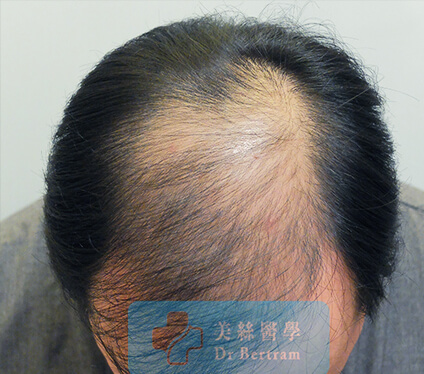
Read More

Read More
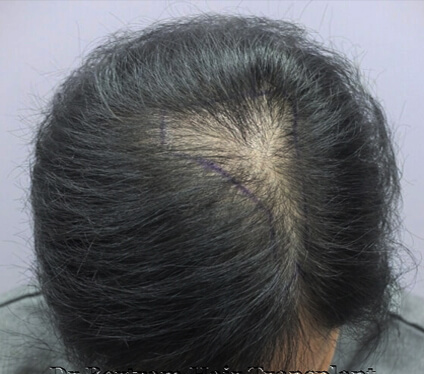
Read More
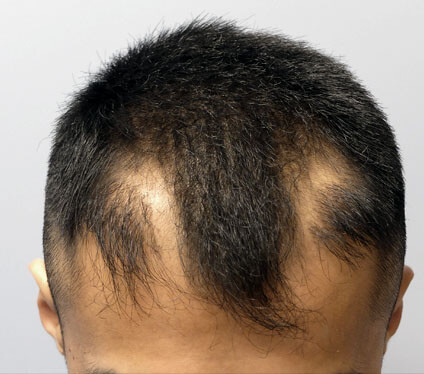
Read More

Read More
Message from the Doctor
Welcome to “Doctor's Talk,” where I’ll talk about everything related to hair loss and hair transplants. This series is here to help you understand more about how hair treatments work and what you can expect from them. The information provided is based on my 18 years of experience in dealing with hair loss.
Disclaimer -
Please note that this series is purely educational. Reading these posts does not guarantee my services, nor are they intended for business promotion. Information provided is not guaranteed to be up-to-date and should not be considered a substitute for professional medical advice.
Any opinions discussed may not be universally accepted or applicable to all individuals. Always consult a healthcare professional before making any decisions related to your health.
